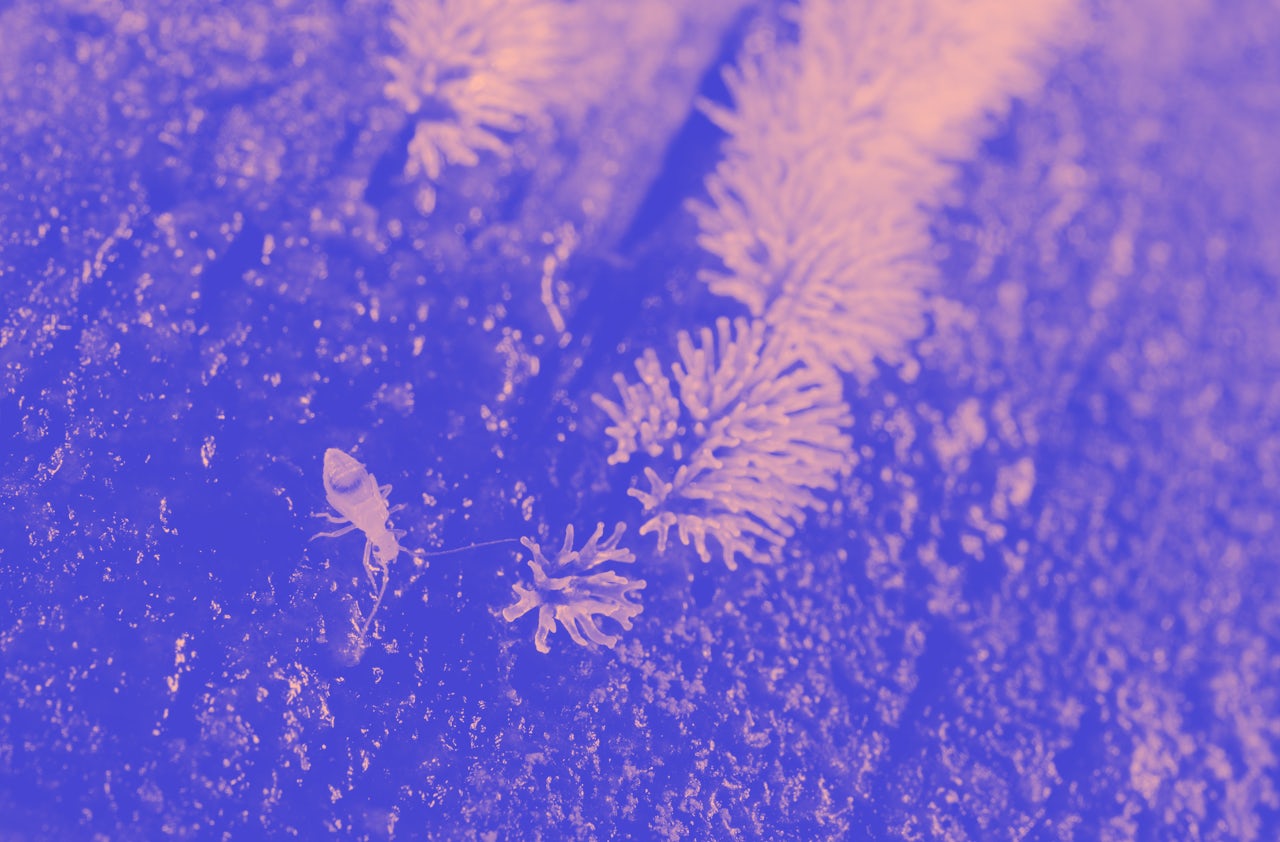but this place is just right.
If you’re lucky enough to find yourself inside the rooms of a 12-step program, one of the first suggestions you’ll receive is to cultivate a relationship with a higher power. This is a sticking point for many newcomers — lots of people have anti-religious biases, and for the most part, they come by them honestly. But 12-step programs are not religious; they’re spiritual, meaning that it doesn’t matter what your higher power is, as long as it’s not yourself or your drug of choice. You don’t have to have a higher power to stay sober, though - my sponsor has been sober for 28 years without one — but it helps a lot of people.
Thankfully, I didn’t have to look far for mine. My higher power is the slime mold.
My obsession with slime molds started in 2011 when I saw these pictures of bizarre and brightly colored specimens. Still shots of slime molds are visually breathtaking, featuring coloration so bold as to be nearly profound, mind-blowingly intricate structures, and fascinating textural variations. They often appeal directly to whatever visual principle makes me want to see tight clusters of many tiny objects.
They are not only beautiful, but shockingly smart. They can complete mazes. In 2011, when a British researcher placed chunks of food on top of each major city on a map of the Iberian Peninsula, the slime mold grew towards the food with a network of tentacles that eerily matched up with the Peninsula’s real life highway system. How can a brainless, eyeless, earless sludge so swiftly chart the most efficient path to food every time?
My point of access to this concept hung on this logic: I relied on myself and my drug of choice for so long, only to descend ever deeper into self-destructive behavior and misery. So why not try to rely on something greater than myself? Nothing else could feel worse than being an active drug addict.
Slime molds are soil-dwelling amoebae, brainless single-celled organisms that feed on bacteria, yeast, and fungus. When food is scarce, individual slime amoebae will glom together, becoming one single-celled organism with millions of nuclei, to forage for food in unison. Many of the best resources of the slime mold internet seem to be the homemade websites of hobbyists from all over the world. This one offers beautiful close-ups arranged by species in a menu. Other databases boast pages and pages of photographs.
The time lapse video is where the slime mold really shines. Ranging from retro black and white or pro-shot for the BBC, time lapse videos allow you to see the slime molds pulse and quiver as they undertake dramatic changes in shape, texture, and color. They bubble up between the cracks, inflate into small balloons, and sometimes pop and explode liquid. My favorite is the throbbing blob of Kraft mac and cheese. The one I come back to again and again is a 12-minute long montage. I could (and do) spend hours watching these videos.
The slime mold is my stand-in for the vast wonder of the universe that I can neither explain nor understand. I used to agonize over my search for empirical evidence of a God. I didn’t want to follow a 12-Step program, because I didn’t understand how it worked. I analyzed my emotions, because that was easier than feeling them. I’m realizing now, in sobriety, that my need to figure everything out was an attempt to exert control over the uncontrollable. The slime mold helps me accept that the world doesn’t care if I understand it and to revel in the magnificence of the unknown.

